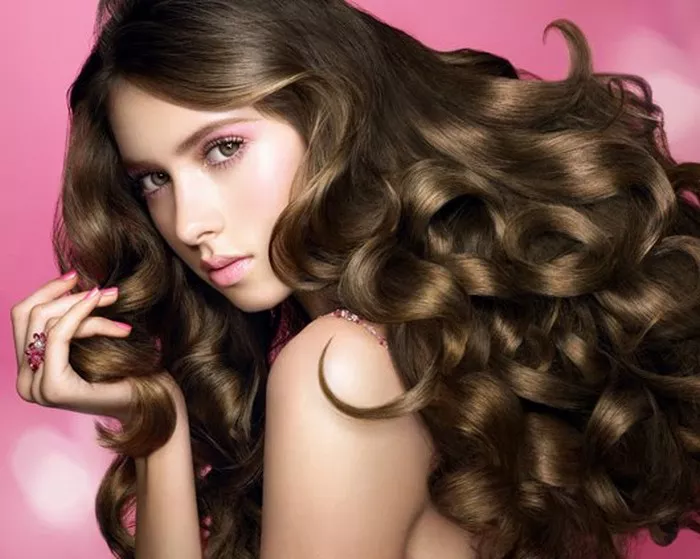Wigs are an essential accessory for many individuals, serving as a versatile tool for changing hairstyles or concealing hair loss. Whether synthetic or natural, wigs require proper care and maintenance to ensure longevity and retain their luster. A crucial aspect of wig care is washing, but knowing what products to use can be daunting. In this comprehensive guide, we’ll delve into the intricacies of washing wigs, exploring suitable cleansers, techniques, and tips to keep your wig looking fresh and fabulous.
Understanding Your Wig: Synthetic vs. Human Hair
Before delving into washing techniques, it’s vital to understand the composition of your wig. Wigs primarily fall into two categories: synthetic and human hair. Each type has unique characteristics that influence washing and maintenance routines.
Synthetic wigs are crafted from artificial fibers such as polyester, acrylic, or nylon. These wigs are popular for their affordability and low maintenance. However, synthetic fibers are more susceptible to damage from heat styling and certain cleaning agents.
On the other hand, human hair wigs offer unparalleled versatility and realism. Made from natural human hair, these wigs can be styled, colored, and treated similarly to your own hair. While they require more care than synthetic wigs, they provide a more authentic look and feel.
Choosing the Right Cleanser
Selecting the appropriate cleanser is crucial for preserving the quality of your wig. For synthetic wigs, it’s essential to use products specifically formulated for synthetic fibers to prevent damage. Mild shampoos designed for delicate fabrics or wigs are ideal choices. Avoid products containing sulfates, as they can strip the fibers of moisture and cause tangling or frizz.
For human hair wigs, opt for gentle, sulfate-free shampoos and conditioners. Look for products enriched with moisturizing ingredients like argan oil or shea butter to nourish the hair and maintain its softness and shine. Clarifying shampoos can also be used occasionally to remove buildup from styling products or hard water minerals.
The Washing Process
Now that you’ve selected the appropriate cleanser, let’s delve into the washing process itself. Follow these step-by-step instructions for optimal results:
1. Detangle: Before washing your wig, gently detangle it using a wide-tooth comb or wig brush. Start from the ends and work your way up to the roots, being careful not to pull or stretch the fibers.
2. Prepare the Water: Fill a basin or sink with lukewarm water. Avoid using hot water, as it can damage synthetic fibers and cause human hair to become brittle.
3. Shampoo: Apply a small amount of shampoo to your hands and lather it gently into the wig, focusing on the cap and hairline. Avoid rubbing or wringing the wig, as this can cause tangling. Rinse thoroughly with lukewarm water until all shampoo residue is removed.
4. Condition: Apply a generous amount of conditioner to the wig, avoiding the cap and roots. Allow the conditioner to sit for a few minutes to penetrate the hair shaft and moisturize the strands. Rinse thoroughly with lukewarm water until the water runs clear.
5. Pat Dry: Gently pat the wig with a towel to remove excess water. Avoid wringing or twisting the wig, as this can cause damage to the fibers.
6. Air Dry: Place the wig on a wig stand or mannequin head to air dry naturally. Avoid using heat styling tools or exposing the wig to direct sunlight, as this can cause fading or damage.
7. Style: Once the wig is completely dry, style it as desired using heat styling tools or products formulated for wigs.
Tips for Maintenance and Longevity
In addition to regular washing, there are several tips you can follow to extend the lifespan of your wig:
1. Avoid Heat: Limit the use of heat styling tools such as flat irons, curling irons, and blow dryers, especially on synthetic wigs. Excessive heat can cause the fibers to melt or become damaged.
2. Store Properly: When not in use, store your wig on a wig stand or mannequin head to help maintain its shape and prevent tangling. Avoid storing wigs in plastic bags or containers, as this can trap moisture and promote mold growth.
3. Protect from Sunlight: Prolonged exposure to sunlight can cause fading and damage to both synthetic and human hair wigs. Store your wig in a cool, dark place when not in use, and avoid wearing it outdoors on hot, sunny days.
4. Use Heat Protectors: If you must use heat styling tools on your wig, apply a heat protectant spray or serum beforehand to minimize damage and maintain the integrity of the fibers.
5. Regular Maintenance: Schedule regular maintenance appointments with a professional wig stylist to have your wig trimmed, styled, and refreshed. They can also provide valuable advice on caring for your wig at home.
By following these tips and techniques, you can ensure that your wig remains in pristine condition, providing you with countless styling options and boosting your confidence every time you wear it. Remember, proper care and maintenance are the keys to a beautiful and long-lasting wig.


